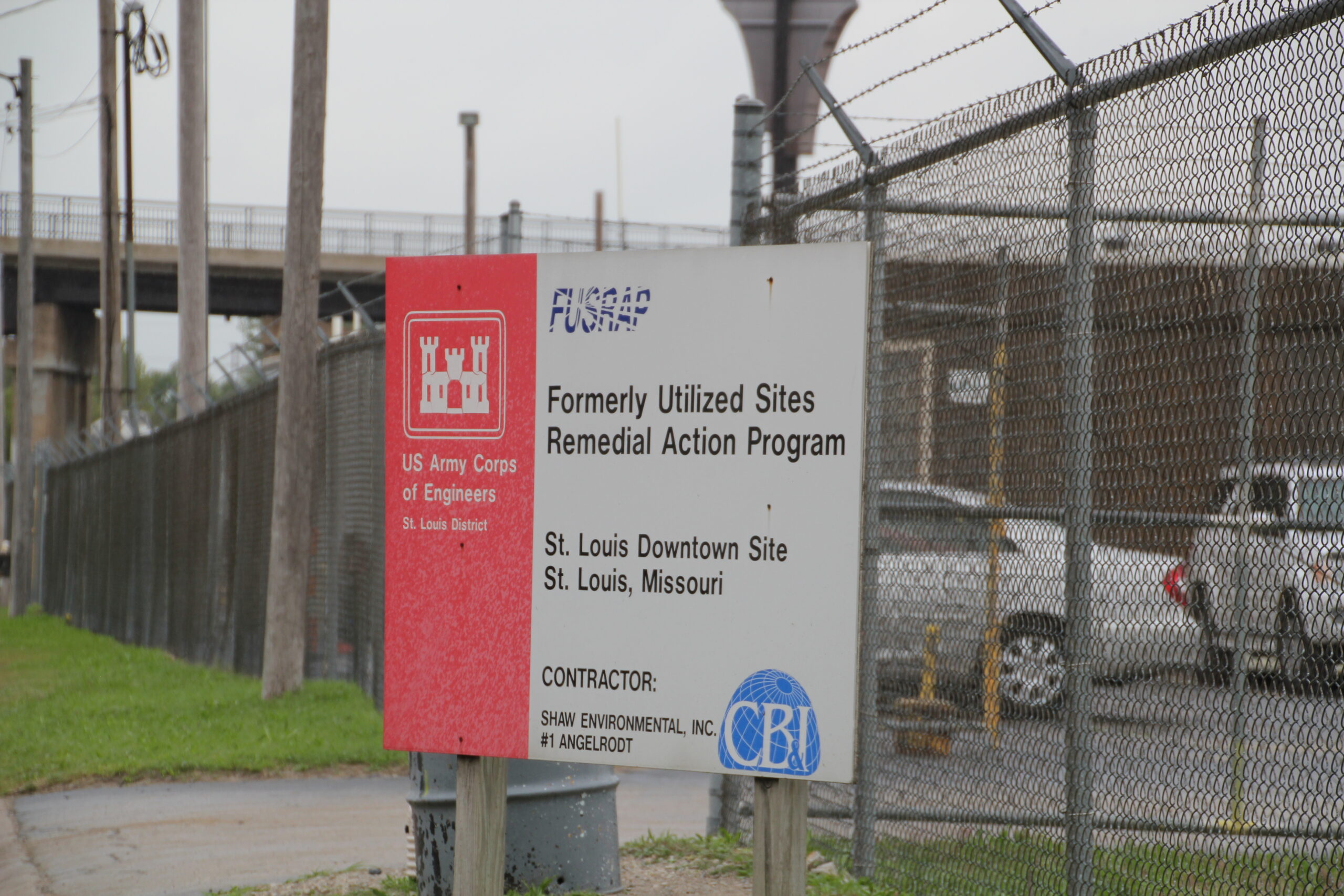

In the Bremen area of St. Louis, Emil Mallinckrodt purchased land for a potato farm in 1840. By 1867, his three sons (Gustav, Otto, and Edward) had established a pharmaceutical company (Mallinckrodt Chemical Works) producing industrial, specialty chemical, and radiological chemical agents.
In 1942, Mallinckrodt was approached by the Metallurgic Laboratory to refine the uranium that would be part of the world’s first self-sustaining nuclear chain reaction at Chicago Pile-1 on December 2, 1942.



Mallinckrodt still has facilities in this area, although the company filed for Chapter 11 bankruptcy in October, 2020. Building 51, which refined the uranium for the early stages of the Manhattan Project, was demolished in 1996 as part of the Formerly Utilized Sites Remedial Action Program (FUSRAP). This program, now operated by the U.S. Army Corps of Engineers, identifies, investigates, and cleans up or controls sites in the United States contaminated as a result of the Manhattan Engineer District or Atomic Energy Commission activities.

Residues from uranium processing at Mallinckrodt are stored at SLAPS (St. Louis Airport Site), or West Lake Landfill, which is one of 33 superfund sites in Missouri on the National Priorities List. You can see this site as you fly out of St. Louis — a city with a long history of radioactive contamination.

As an aside, we contacted the public relations office of Mallinckrodt inquiring of the whereabouts of the plaque (see picture, above) that used to be on the building. The spokesperson said that it was “probably stored in archives” after the building was demolished. (Cue the closing scene of Raiders of the Lost Ark.)

That plaque is in the company museum that is located in building 96 at the downtown campus.